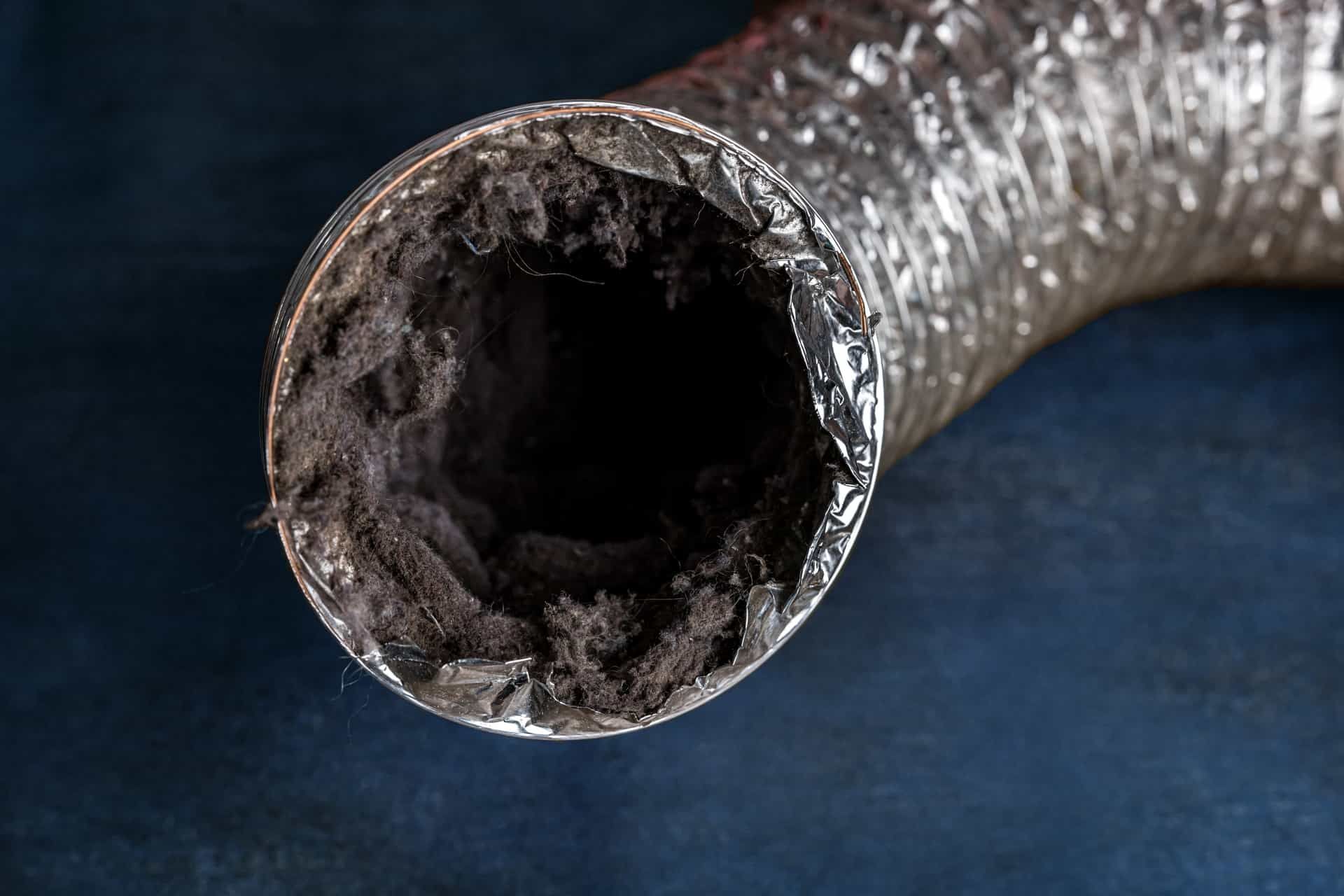How to Check if Your Septic Tank is Full: Signs, Solutions, and Preventive Measures
A properly functioning septic system is essential for managing household waste. However, like any system, your septic tank requires regular maintenance to avoid messy and costly problems. Knowing when your septic tank is full can prevent backups, unpleasant odors, and even serious damage to your property.
This guide will help you identify the signs of a full septic tank, solutions to fix the issue, and preventive measures to keep your system in good condition.
How to Know if Your Septic Tank is Full?
Septic tanks collect and break down household wastewater, separating solids from liquids. Over time, solid waste accumulates, and the tank eventually reaches capacity. When this happens, it can cause several issues. Here are some key warning signs that indicate your septic tank may be full:
1. Slow Drains and Flushing Issues
If your sinks, toilets, or bathtubs are draining slower than usual, it could be a sign that your septic tank is nearing capacity. Slow drainage occurs when waste and water have nowhere to go because the tank is full.
2. Gurgling Sounds in Pipes
If you hear gurgling noises when you flush the toilet or run water down the drain, it might indicate that the septic tank is full. These noises occur when air gets trapped in the pipes due to blockages caused by an overflowing septic system.
3. Unpleasant Odors
A properly functioning septic system should not produce strong odors. If you notice a foul smell near your drains, yard, or septic tank area, it may be a sign that waste is backing up due to a full tank.
4. Standing Water in Your Yard
Pooling water near the drain field or septic tank is a clear indication of an overflow. When a septic tank is full, excess water cannot properly drain into the soil, leading to wet or soggy patches in your yard.
5. Sewage Backup in Your Home
One of the most serious signs of a full septic tank is sewage backing up into your home. If you notice raw sewage in your sinks, toilets, or bathtubs, your septic system is likely at full capacity and needs immediate attention.
6. Lush, Green Grass Over the Drain Field
If the grass above your
septic system appears greener and healthier than the surrounding area, it may be due to excess wastewater leaking from an overflowing tank. While this might seem like a good thing for your lawn, it’s a warning sign of a failing system.
7. High Nitrate Levels in Well Water
For homes with a well, testing your water regularly is essential. High nitrate levels may indicate that wastewater from your septic system is leaching into your drinking water supply, posing serious health risks.
Solutions for a Full Septic Tank
If you suspect your septic tank is full, it's important to act quickly to prevent damage and health hazards. Here are some solutions:
1. Schedule a Professional Septic Pumping
The best way to resolve a full septic tank is to have it pumped by a professional.
Septic pumping removes accumulated solids and sludge, restoring the system’s ability to function properly. Most households should have their septic tanks pumped every 3–5 years, depending on usage.
2. Reduce Water Usage
If you notice early signs of a full septic tank, reducing water usage can help relieve pressure on the system. Take shorter showers, run fewer loads of laundry, and fix any leaks to minimize wastewater flow.
3. Avoid Flushing Non-Biodegradable Items
Flushing items such as wipes, paper towels, feminine hygiene products, and grease can quickly clog your septic system. Stick to flushing only toilet paper and human waste to prevent unnecessary buildup.
4. Use Bacteria Additives
Bacteria additives help break down solids in the septic tank, improving its efficiency. While these additives do not replace pumping, they can support the system in breaking down waste more effectively.
5. Inspect Your Septic Tank Regularly
Routine
Septic inspections by a professional can help identify potential issues before they become major problems. Inspections ensure that the tank is functioning properly and that there are no leaks or structural damage.
Preventive Measures to Maintain Your Septic System
Preventing septic tank issues is easier and cheaper than fixing them. Follow these best practices to keep your septic system in optimal condition:
1. Follow a Regular Pumping Schedule
Routine septic pumping is the best way to prevent overflows and backups. As a general rule, have your septic tank pumped every 3–5 years, but larger households may require more frequent service.
2. Conserve Water
Excessive water usage can overload your septic system. Implementing water-saving habits such as using low-flow toilets, fixing leaks, and spreading out laundry loads can help keep your system balanced.
3. Keep Your Drain Field Clear
Avoid parking cars or placing heavy objects on your drain field. Heavy pressure can compact the soil, reducing its ability to absorb wastewater properly. Also, avoid planting trees near the drain field, as roots can damage the system.
4. Avoid Harsh Chemicals
Harsh chemicals such as bleach, drain cleaners, and antibacterial soaps can kill the beneficial bacteria in your septic tank. These bacteria are essential for breaking down waste. Use septic-safe cleaning products to maintain a healthy system.
5. Monitor Household Waste Disposal
Be mindful of what goes down your drains. Cooking grease, coffee grounds, and food scraps should not be washed down the sink, as they can contribute to clogs and buildup in your system.
6. Check for Signs of Trouble Early
Regularly inspect your septic tank area and plumbing for any early warning signs such as slow drainage, odors, or standing water. Addressing minor issues early can prevent costly repairs.
Conclusion
Understanding how to know if your septic tank is full is crucial for maintaining a healthy and functional system. By recognizing the warning signs early, addressing issues promptly, and following preventive measures, you can avoid costly repairs and health hazards.
Need a professional septic inspection? Contact
Guardian Angel Inspections today for expert septic system services!
Disclaimer: The information on this website and blog is for general informational purposes only and is not professional advice. We make no guarantees of accuracy or completeness. We disclaim all liability for errors, omissions, or reliance on this content. Always consult a qualified professional for specific guidance.
Share this entry







